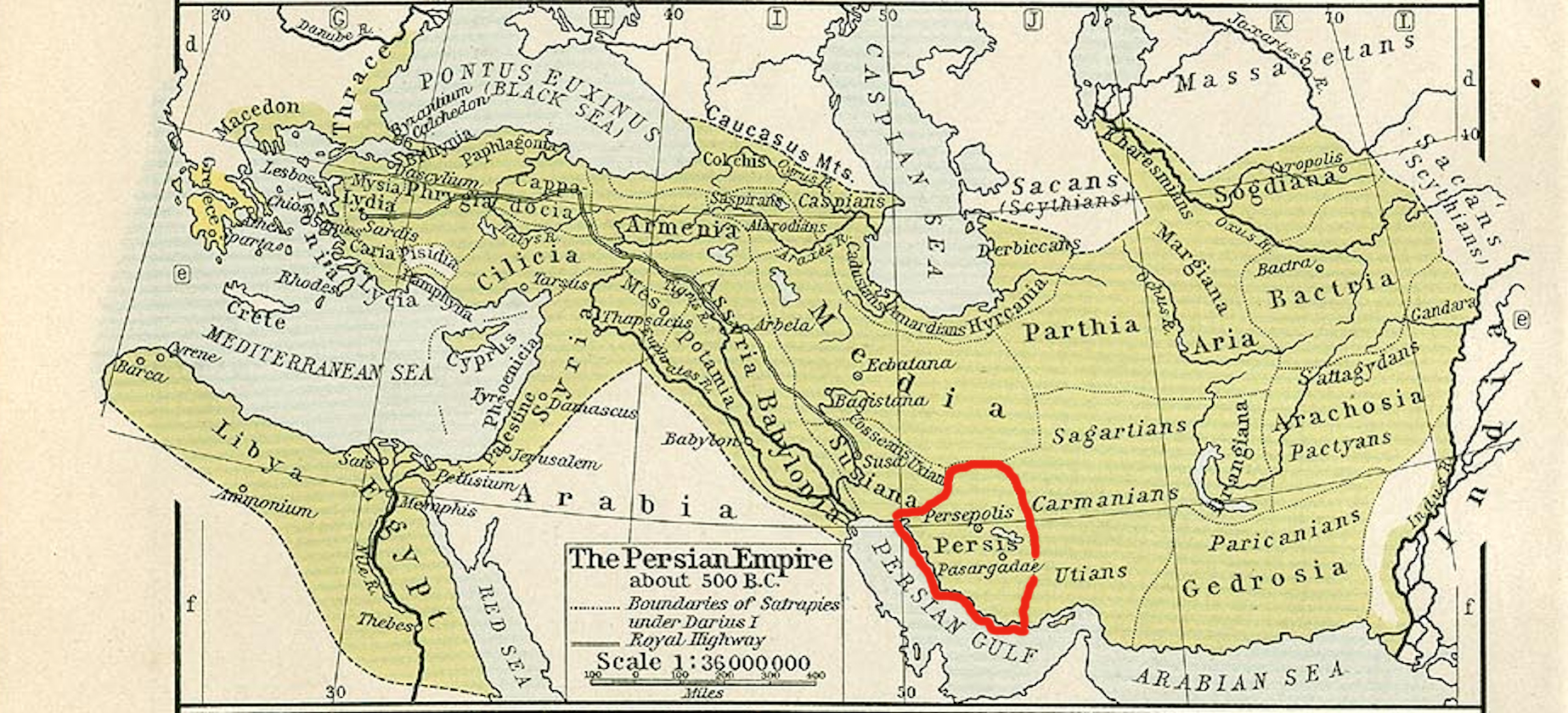|
Baydād
Baydad (also spelled Bagdates), was a dynast (''frataraka'') of Persis from 164 to 146 BC. Background Since the end of the 3rd or the beginning of the 2nd century BCE, Persis had been ruled by local dynasts subject to the Seleucid Empire. They held the ancient Persian title of ''frataraka'' ("leader, governor, forerunner"), which is also attested in the Achaemenid-era. The Achaemenid Empire, which had a century earlier ruled most of the Near East, originated from the region. The ''frataraka'' themselves emphasized their close affiliation with the prominent Achaemenid King of Kings, and their court was probably at the former Achaemenid capital of Persepolis, where they financed construction projects on and near the Achaemenid plateau. The ''frataraka'' had traditionally been regarded as priestly dynasts or advocates of religious (and political) opposition to Hellenism, however, this is no longer considered the case. Chronology of the ''frataraka'' The traditional view of t ... [...More Info...] [...Related Items...] OR: [Wikipedia] [Google] [Baidu] |
Frataraka
Frataraka (Aramaic: ''Prtkr’'', "governor", or more specifically "sub-satrapal governor") is an ancient Persian title, interpreted variously as “leader, governor, forerunner”. It is an epithet or title of a series of rulers in Persis from 3rd to mid 2nd century BC, or alternatively between 295 and 220 BC, at the time of the Seleucid Empire, prior to the Parthian conquest of West Asia and Iran. Studies of ''frataraka coins'' are important to historians of this period. Rulers and period Several rulers have been identified as belonging to Fratarakā dynasty (from the title ''prtrk' zy alhaya'', or "governor of the gods" on their coins): ''bgdt'' ( Baydād), ''rtḥštry'' (Ardaxšīr I), ''whwbrz'' ( Vahbarz, who is called Oborzos in Polyenus 7.40), and ''wtprdt'' ( Vādfradād I). Traditionally, they used to be considered as independent, anti-Seleucid rulers of Persis in the 3rd century BC. It seems however that they were rather representatives of the Seleucids in the re ... [...More Info...] [...Related Items...] OR: [Wikipedia] [Google] [Baidu] |
Persepolis
, native_name_lang = , alternate_name = , image = Gate of All Nations, Persepolis.jpg , image_size = , alt = , caption = Ruins of the Gate of All Nations, Persepolis. , map = , map_type = Iran#West Asia , map_alt = , map_caption = , map_size = , altitude_m = , altitude_ref = , relief = yes , coordinates = , map_dot_label = , location = Marvdasht, Fars Province, Iran , region = , type = Settlement , part_of = , length = , width = , area = , volume = , diameter = , circumference = , height = , builder = , and , material = Limestone, mud-brick, cedar wood , built = 6th century BC , abandoned = , epochs = Achaemenid Empire , cultures = Persian , dependency_of = , occupants = , event = *Battle of the ... [...More Info...] [...Related Items...] OR: [Wikipedia] [Google] [Baidu] |

._Early_3rd_century_BC.jpg)
